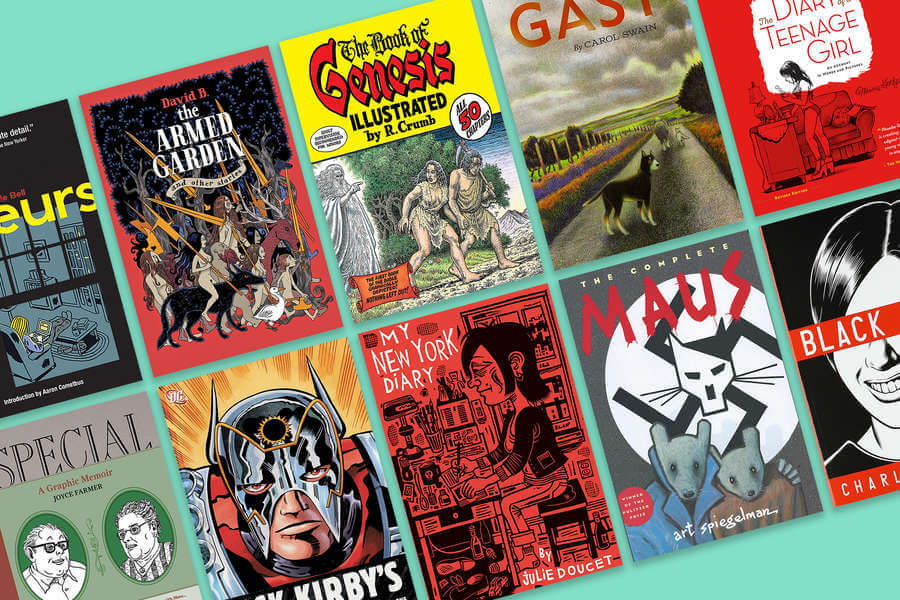Are graphic novels and comic books the same? They might sound similar, thanks to their illustration-based storytelling format. But their length and the way they represent stories is much different from each other.
A graphic novel is a novel that tells a complete, long story using illustrations. It contains a beginning, middle, and end, making these books longer and more substantive than comic books. On the other hand, a comic book is an excerpt from a larger serialized narrative told via immersive illustrations.
The history of comics can be traced back to the mid-20th century, and it is flourishing through the present day. Publishers and similar companies would issue comic books on a weekly or monthly basis in the form of books. Some of the most famous American comics are Superman, Batman, Archie, Wonder Woman, and The Amazing Spider-Man, to name a few.
Understanding Comics Terminology
Words in the serialized comics industry often have multiple meanings. It’s important to understand these words, especially when making the difference between comics and graphic novels.
Standard modern single issue (Floppy): 20 pages of story saddle-stitched and printed on magazine-quality paper. These are often part of ongoing series, miniseries, or one-shots. Over time, their length has fluctuated from 17 pages to 80 or even more.
Trade Paperback (TPB): A collection of comics published as single issues. Many popular graphic novels are TPBs, especially when it’s inspired by DC, Marvel, or other monthly comic book publishers. The Walking Dead, Infinity Gauntlet, and Hellboy are technically TBPs, but they can also be referred to as graphic novels.
Collected Editions: Trade paperbacks with extra content or back matter included.
Omnibus: A larger collection of issues usually printed in hardcover and may sometimes include making-of-back matter.
Volume: This term has two meanings in comics publishing. One meaning denotes the current run of a given title like Batman Volume 1 began in 1986, and Batman Volume 2 began in 2011. The other meaning of volume refers to the reading order of collected editions. The first meaning is more popular in the world of comic books.
Original Graphic Novels
In 2022, the global comic book industry was valued at $15.5 billion, and the market is projected to hit $26.9 billion by 2032. This is huge! People all over the world are getting more and more into comics. At the same time, graphic novels are also becoming more popular than ever.
In fact, original Graphic Novels or OGNs have redefined the landscape of the comic world. OGNs have a well-planned story published in a book format rather than a series of issues collected in trade paperback. There are OGNs that continue through multiple volumes.
Some of the most popular graphic novels are Smile, Dog Man, and non-fiction graphic novels like March and They Called Us Enemy. Now, these books have become a staple in bookstores, both offline and online. Even the biggest comic book publishers, including Marvel and DC are investing in OGNs. These novels successfully capture the attention of young adults and younger readers.
Navkiran Dhaliwal is a seasoned content writer with 10+ years of experience. When she's not writing, she can be found cooking up a storm or spending time with her dog, Rain.


